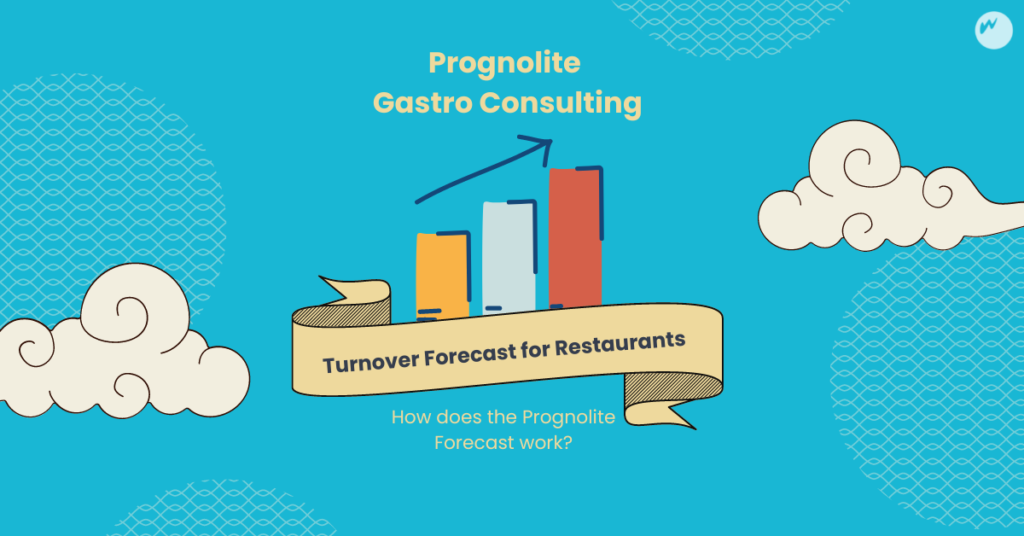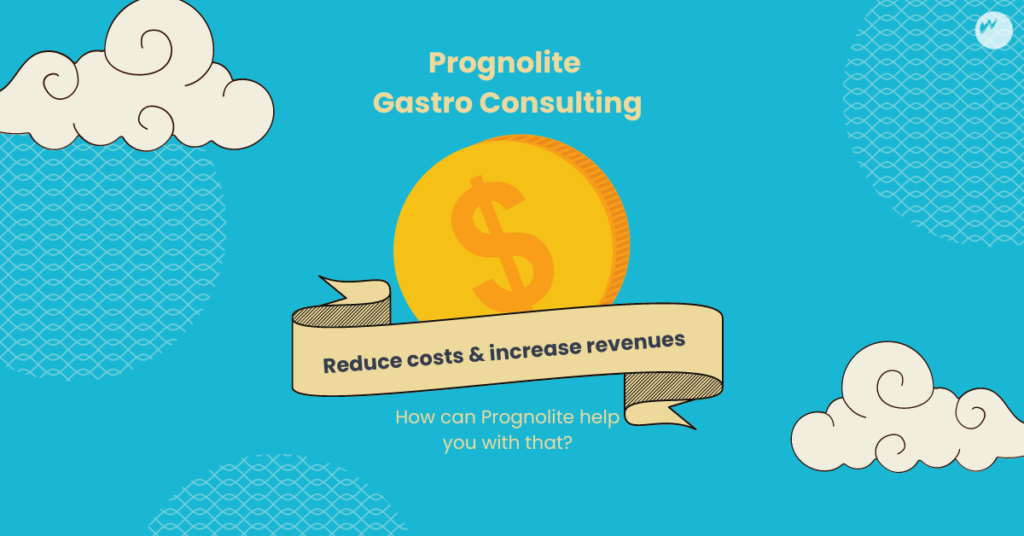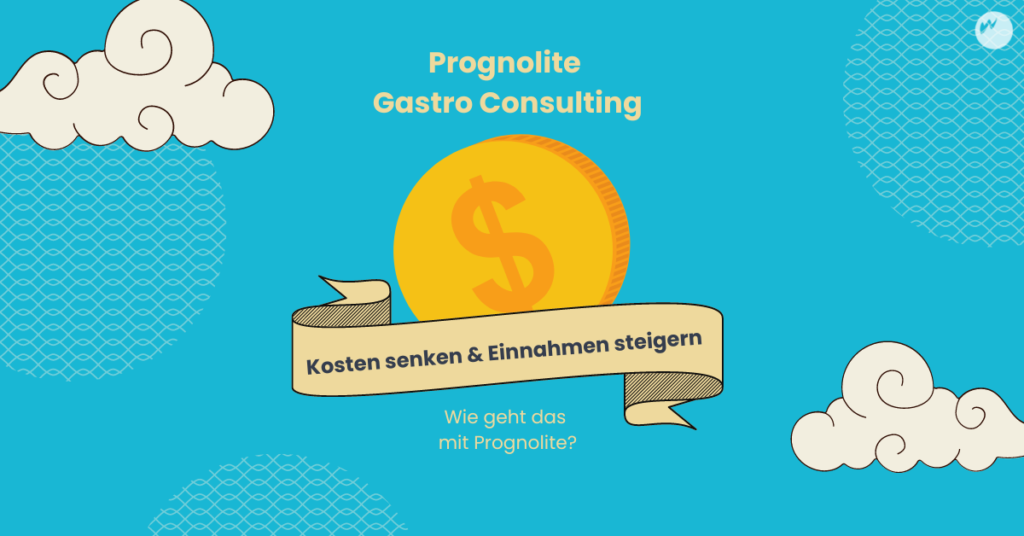“You can’t manage what you can’t measure. “
Peter F. Drucker
The theories of Peter F. Drucker, pioneer of modern management theory who sought clarity and oversight as early as 1940, can be applied to today’s digitization efforts.
KPIs, OKRs, targets – terms for measuring business performance abound, and the goal is always the same: to increase business performance through accountability.
But let’s start from the beginning.
Choosing the right metrics, setting the right goals, and then achieving them sounds easier than it is. And it gets all the more complicated as the number of sites increases. The overriding goal is often clear: to improve business performance through measurability. But breaking this down into tangible metrics that area managers and restaurant managers can strive for is a real challenge for many.
So what to consider when formulating goals?
1. Choose the right metrics & targets
What do you want to measure?
Based on your business strategy, you can set individual steps to track it. For example, if you want to increase your sales, the metrics could be increasing average transaction value, selling additional items, or improving ratings on social media.
Don’t give the manager targets that include factors beyond his or her control
For example, growth depends not only on the management of the individual location, but also on the positioning of the brand, promotions, guests and competitors. Managers usually have no direct influence on all of these factors, so bundling them together can lead to demotivation.
Targets should not be fixed for each location, but should be comparable by percentage.
- Fair for each area/location.
- Realistic, but still motivating enough
- Have an impact on business goals
2. Create transparency in business strategy
Often, managers are given metrics and goals without understanding how they fit into the company’s broader strategy. Without this context, managers often find it difficult to take ownership of these new metrics and goals. Managers want to understand why each goal was selected and how it may impact the business as a whole.
3. Provide goals that are measurable.
We have heard from many of our clients that they often receive incorrect or inaccurate reports. The reasons for this are the time-consuming process of gathering data from the systems they use. Logging into each system to download CSV files for the correct time period and then combining them into Excel is frustrating and time consuming.
These manually generated reports usually arrive too late for the manager to steer. Then asking the restaurant manager why staffing costs were too high two weeks ago is unlikely to yield helpful insights – but it will if the question can be asked “yesterday” or “this morning.”
4. Be available for advice and support
Don’t just give targets and review them monthly, but support your managers with insights and your experience. This is how you build trust and motivate the team to do their best.
Your staff has a lot on their plate, and evaluating complex data doesn’t come easily to everyone or is the most urgent task.
If too much staff has been scheduled, show them what days of the week and times of day this usually occurs. If their costs are too high, explain the positions that usually have the biggest impact on them.
Remember, support is most important if you want these small changes to have a big impact on performance.
How can Prognolite help you do that?
Prognolite brings together all the important data from the cash register, workforce planning, merchandise management and billing systems.
In short, Prognolite serves as a system hub for more and more hospitality companies. All revenues and expenses can be viewed at a glance.
Thus, every manager can see in the daily reporting whether, for example, money was earned yesterday, or which costs have exceeded the budget. We attach great importance to the fact that the entire company can be analyzed down to the smallest department with just one click, in order to identify potential for improvement as quickly as possible.
Not only the Europa Park in Rust was able to sustainably reduce its personnel costs by using Prognolite through the automatic assessment of the planning quality in connection with the permanent employee capacity.
Contact us and we’ll be happy to advise you on how to use Prognolite to set the right goals and metrics for your business.
info@prognolite.ch
Find out more about Prognolite Gastro Consulting HERE
consultinggastroconsultinggastronomie


Leave a Reply